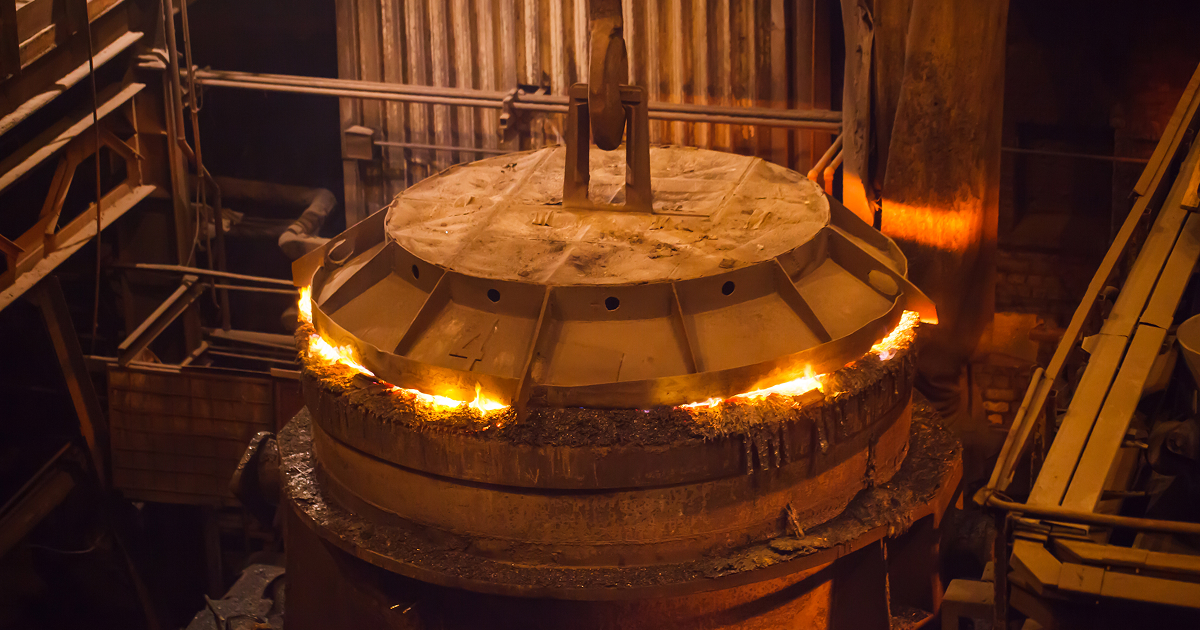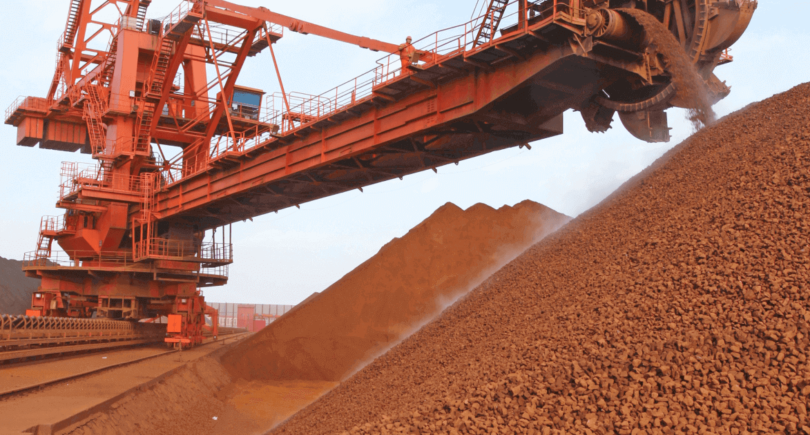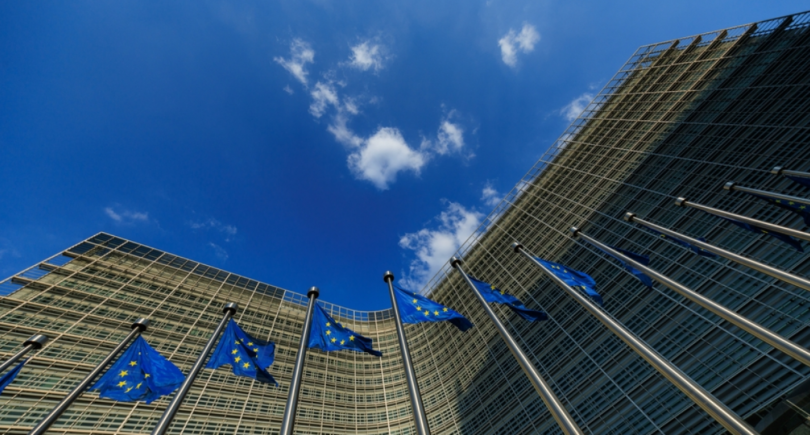
News Global Market decarbonization 1253 12 June 2025
Blast furnace steelmaking accounted for 70.4% of the total volume
In 2024, the share of global EAF production reached 29.1%, up from 28.6% a year earlier. The total global steel production amounted to 1.885 billion tons, of which about 1.325 billion tons (70.4%) were produced by the blast furnace process, while EAFs provided 548.4 million tons. This is according to the World Steel Association (WorldSteel).
China has traditionally produced the most steel – 1.005 billion tons, of which 89.8% is accounted for by the oxygen process, and only 10.2% by EAF. However, other regions show different dynamics. For example, in the US, 71.8% of steel is produced in electric arc furnaces, while in countries such as India, Iran and Egypt, this figure exceeds 50% or even reaches 100%.
In the European Union, which produced 129.7 million tons of steel in total, the share of EAFs was 44.4% (44.8% in 2023). In Ukraine, the EAF share remained stable at 12.3%, while the blast furnace method produced 49.5% in 2024 compared to 48.1% a year earlier.
It is also worth noting Italy, where 89.3% (85.8% in 2023) of steel was produced in electric arc furnaces, one of the highest rates among developed countries.
The gradual increase in the share of electric arc furnaces in total global steel production indicates a growing demand for environmentally friendly steel. EAF allows the use of scrap as a basis for steelmaking, which significantly reduces CO2 emissions compared to traditional blast furnace production. That is why countries seeking to reduce their carbon footprint are increasingly investing in the development of green technologies.
Analysts predict that the share of electric arc production will continue to grow in the coming years. This is in line with the general trend towards decarbonization of the industry and stricter requirements for sustainable production.
As a reminder, global steel exports (rolled and semi-finished products) increased by 3.3% in 2024 compared to 2023 – to 449.2 million tons. China maintains its undisputed leadership among exporters, increasing its supply to 117.1 million tons. China is followed by Japan – 31.2 million tons (-3.1% y/y), and South Korea – 28 million tons (+3.7% y/y).




